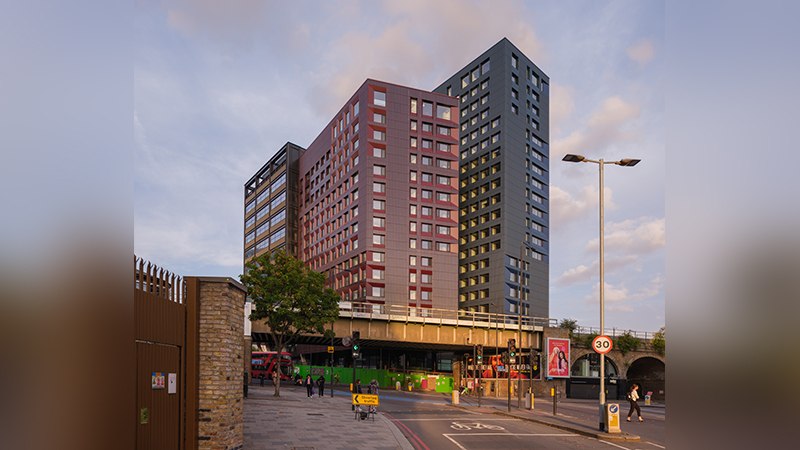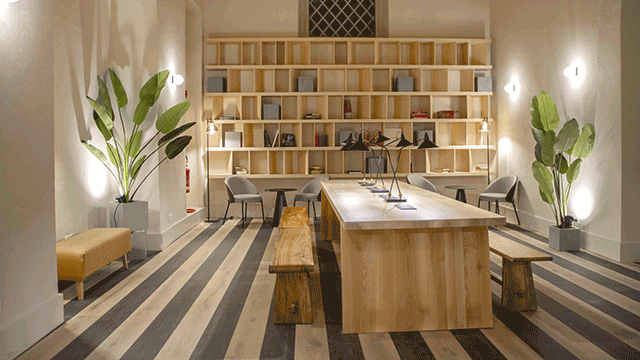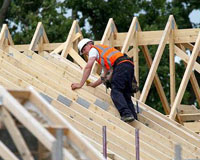A recent case raised the question of whether a right to manage company could preclude a landlord from carrying out development on its building. James Driscoll is not sure he likes the answer
Key points
- A landlord can develop property after an RTM has been established
- This can be done in the face of opposition from leaseholders and their RTM company
- The right must be exercised so as to minimise any disruption to the RTM company’s management functions
It is little wonder that a recent decision of the Central London County Court, Francia Properties Ltd v Aristou and others [2016] PLSCS 229, has attracted so much interest. It decided that the exercise of the right to manage (“RTM”) by leaseholders does not prevent the landlord from building a new flat in the airspace above the roof of a block of flats. It concerns a purpose-built block of eight flats held on long leases which was built in 2003.
In 2014, the leaseholders exercised the RTM under Part 2 of the Commonhold and Leasehold Reform Act 2002 (“the 2002 Act”). Since then their RTM company has managed the flats. However, the following year the freeholder (“the claimant”) obtained planning permission to build another flat in the airspace above the roof of the building, along with a new staircase to the new flat. Not only will this change the structure of the building but, as it involves replacing the existing roof to allow for the building of a ninth flat, it will affect what is currently the top flat in the building, which has a private roof terrace.
Could the claimant do this against the opposition of the leaseholders and the RTM company? Yes, was the overall conclusion of the court. It rejected arguments that the leases prohibited this, or that the development would amount to breach of the covenant for quiet enjoyment, or a derogation from grant in its effects on the top flat in the building.
Unlawful interference?
But do the claimant’s plans amount to an interference with the statutory functions of the RTM company? After all, the purpose of the RTM legislation is to allow the leaseholders to assume control of the management of their block and to manage it in the way they want to. This is achieved by the transfer of the landlord’s “management functions” to the RTM company (section 96 of the 2002 Act). These includes services, repairs, maintenance, improvements, insurance and management (section 96(5)).
As the RTM company is now responsible for maintaining the existing roof (as part of the structure and the exterior of the building) is the claimant entitled to change the structure, the responsibility for which has passed to the RTM company? Should the claimant be allowed to replace the existing roof without the consent of the leaseholders and their RTM company, bearing in mind that section 97(2) prevents a landlord from doing anything the RTM company is “required or empowered to do” without its consent?
The court accepted that managing the roof will be affected during the building works (it could hardly have reached a different conclusion) but also concluded that this is not forbidden by the 2002 Act. A freeholder/landlord may carry out development works provided it takes “all reasonable steps” to minimise the disturbance to the management functions of the RTM both during and after the works.
The court also noted that the RTM has no effect on the claimant’s other proprietary rights, such as the right to receive the ground rents payable under the leases, or any premium payable should a leaseholder claim a new lease (under the Leasehold Reform, Housing and Urban Development Act 1993). And only the landlord can forfeit a lease which has been breached by a leaseholder. This, reasoned the court, shows that the exercise of the RTM cannot alter the claimant’s proprietary interests in the building. So the claimant should not lose the right to redevelop simply because the leaseholders have exercised the RTM.
Landlord’s human rights
Exercising the RTM does not, noted the court, require payment of any compensation to the claimant and it is a no-fault based right. On that issue the claimant submitted that if the acquisition of the RTM stops any redevelopment of part of the building, this would amount to a breach of its rights under the European Convention on Human Rights (as the landlord would lose financially without payment of any compensation). The court’s interesting analysis did not lead to a conclusion on the issue: it felt unable to do so without evidence of loss being adduced.
Questions remain
In short, the court decided that the exercise of the RTM of itself does not prevent the claimant from building a new flat on the roof. But this right must be exercised so as to minimise any disruption to the management functions of the RTM company.
The court granted permission to appeal, and the case will be heard by the Court of Appeal next year. But, in the meantime, will this decision encourage landlords to seek, where possible, to build if the RTM is exercised? Seeking to build in the airspace above the roof of a block of flats may be one such option, as it was in this case. There may be others. What will happen to the leaseholder’s RTM once the new flat is built? Who will be responsible for its insurance and upkeep (and that of the new staircase)? What contribution will the claimant or any leaseholder of the new flat have to make through service charges?
To allow a landlord to choose unilaterally to build onto the structure of the building where leaseholders are managing it does not fit easily with the policy of the RTM, which was designed to empower leaseholders by allowing them to take over the management of their block of flats.
James Driscoll is a solicitor and a writer











